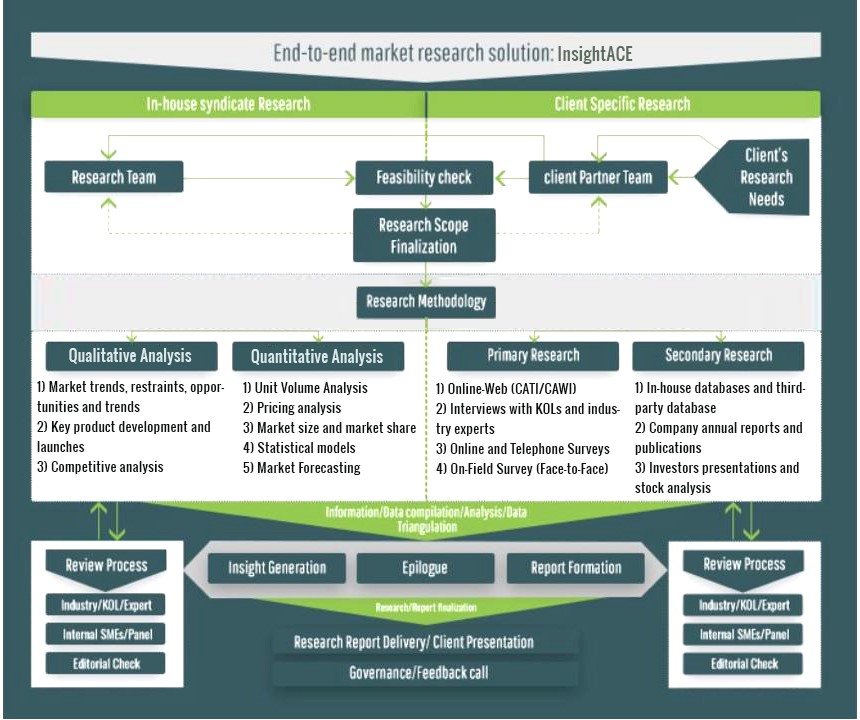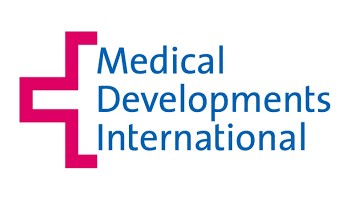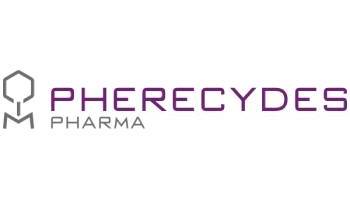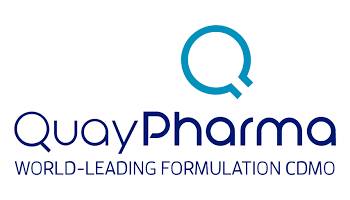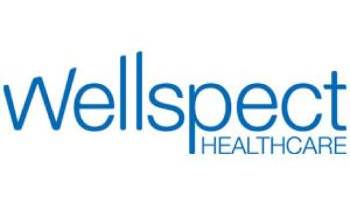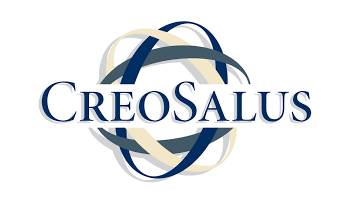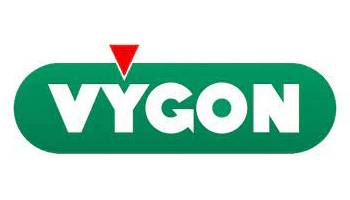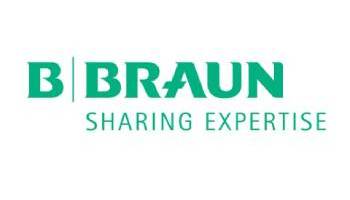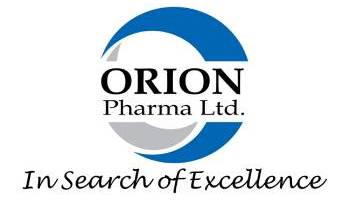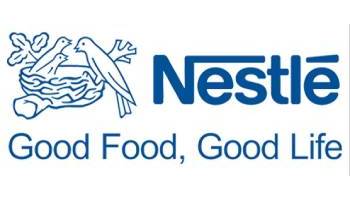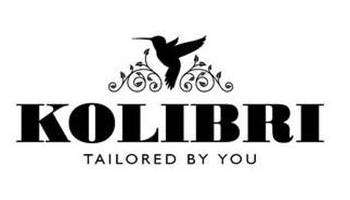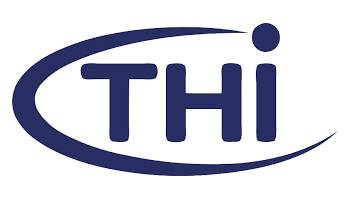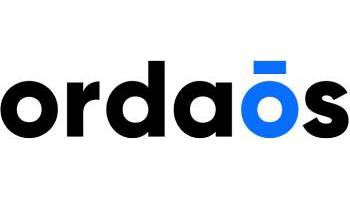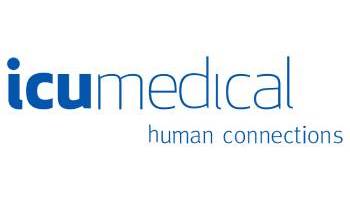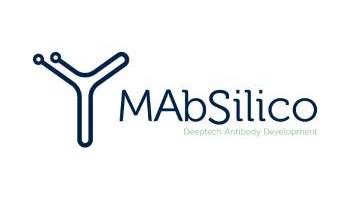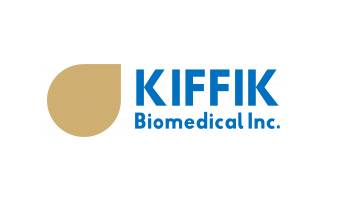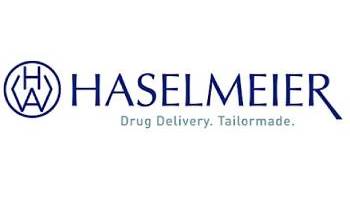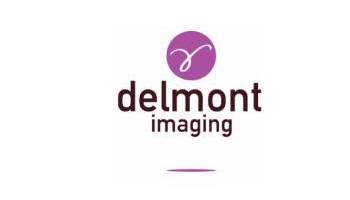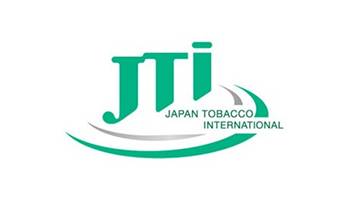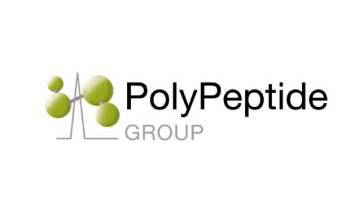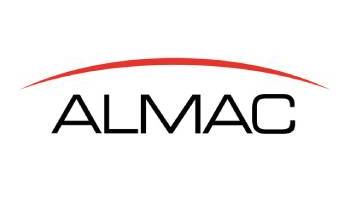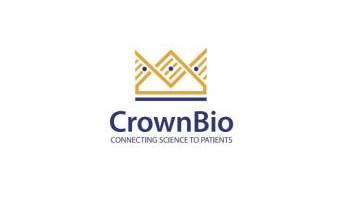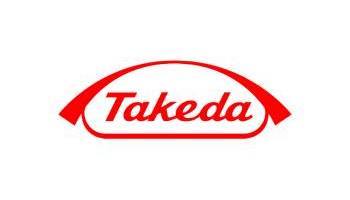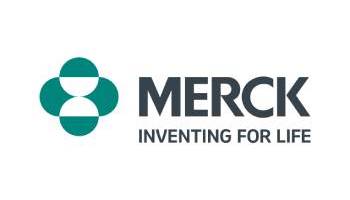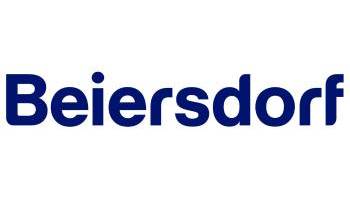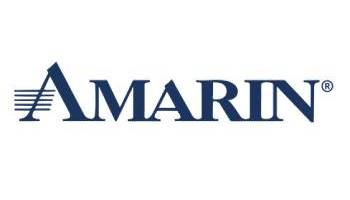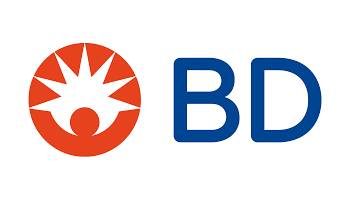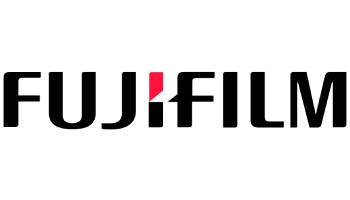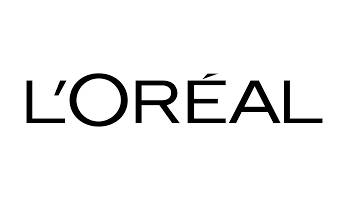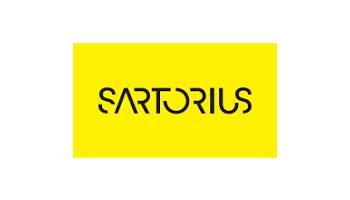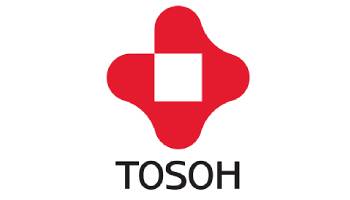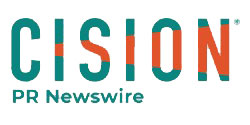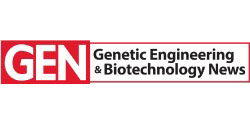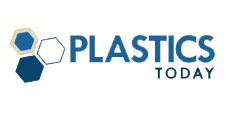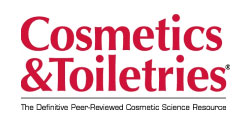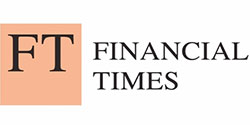The Ovarian Cancer Market is expected to grow at a 10.0% CAGR during the forecast period for 2023-2031.
Ovarian cancer rank fifth in cancer deaths among women and accounting for more deaths than any other cancer of the female reproductive system. Previously it believed that cancer begin only in the ovaries, but recent evidence suggests that many ovarian cancer may start in the fallopian tubes. Factors can increase risk of cancer include older age, genetic mutation such as breast cancer gene 1 (BRCA1) and breast cancer gene 2 (BRCA2) and oestrogen hormone replacement therapy. Based on cell of origin ovarian cancer can categorised into three type epithelial tumors, stromal tumors and germ cell tumors. Epithelial tumors begins epithelia tissue of ovarian and it comprise 90% of the ovarian cancers whereas stromal tumors begin from the hormone-producing cell of the ovaries and consist of 7% of the ovarian cancers. According to global estimate 225,000 new cases were detected each year and 140,000 people annually die from the ovarian cancer.
Treatment of ovarian cancer depending on its type and stage. Two types of treatment offer for a patient with ovarian cancer patients include local treatment and systematic treatment. Local treatment consists of surgery and radiation therapy whereas systematic treatment include chemotherapy, hormone therapy and targeted therapy. Successful development of new targeted therapy and recent approval of Avastin (Bevacizumab) and PARP inhibitor such as rubraca (rucaparib), lynparza (olaparib) and zijula (niraparib) will drive the market in forecast period. Additionally, new understanding of the heterogeneity and biology of disease lead to active development of next-generation chemotherapies, new targeted agents and immune-oncology drugs anticipated to further drive market growth.
In January, 2016 The UK National Institute for Health and Care Excellence (NICE) approve AstraZeneca drug Lynparza (olaparib) to treat women with platinum-sensitive relapsed BRAC-mutated high grade ovarian cancer. In July 2018, on the basis of phase 3 trial dubbed GOG -0213, Roche get expanded reimbursement for ovarian cancer therapy. The Avastin previously gained coverage to be used with carboplatin and paclitaxel as first-line combination treatment for patients with high relapsed ovarian cancer. It was also reimburse for use with topotecan or paclitaxel or PEGylated liposomal doxorubicin in platinum resistance ovarian cancer patient who have not previously treated with VEGF-based therapy.
Competitive Landscape
Some of The Key Players in The Ovarian Cancer Market:
- Pfizer Inc
- Fresenius Kabi USA, LLC
- Teva Pharmaceuticals USA, Inc
- Hoffmann-La Roche AG
- AstraZeneca
- Tesaro Inc
- Clovis Oncology, Inc.
- Other Prominent Players
The Ovarian Cancer Market Report Scope
|
Report Attribute |
Specifications |
|
Growth Rate CAGR |
CAGR of 10.0 % from 2023 to 2031 |
|
Quantitative Units |
Representation of revenue in US$ Million and CAGR from 2023 to 2031 |
|
Historic Year |
2019 to 2022 |
|
Forecast Year |
2023-2031 |
|
Report Coverage |
The forecast of revenue, the position of the company, the competitive market structure, growth prospects, and trends |
|
Segments Covered |
By Treatment |
|
Regional Scope |
North America; Europe; Asia Pacific; Latin America; Middle East & Africa |
|
Country Scope |
U.S.; Canada; U.K.; Germany; China; India; Japan; Brazil; Mexico; The UK; France; Italy; Spain; China; Japan; India; South Korea; South East Asia; South Korea; South East Asia |
|
Competitive Landscape |
Pfizer Inc. Fresenius Kabi USA, LLC, Teva Pharmaceuticals USA, Inc., F. Hoffmann-La Roche AG. AstraZeneca, Tesaro Inc. Clovis Oncology, Inc., and Others |
|
Customization Scope |
Free customization report with the procurement of the report, Modifications to the regional and segment scope. Particular Geographic competitive landscape. |
|
Pricing and Available Payment Methods |
Explore pricing alternatives that are customized to your particular study requirements. |







